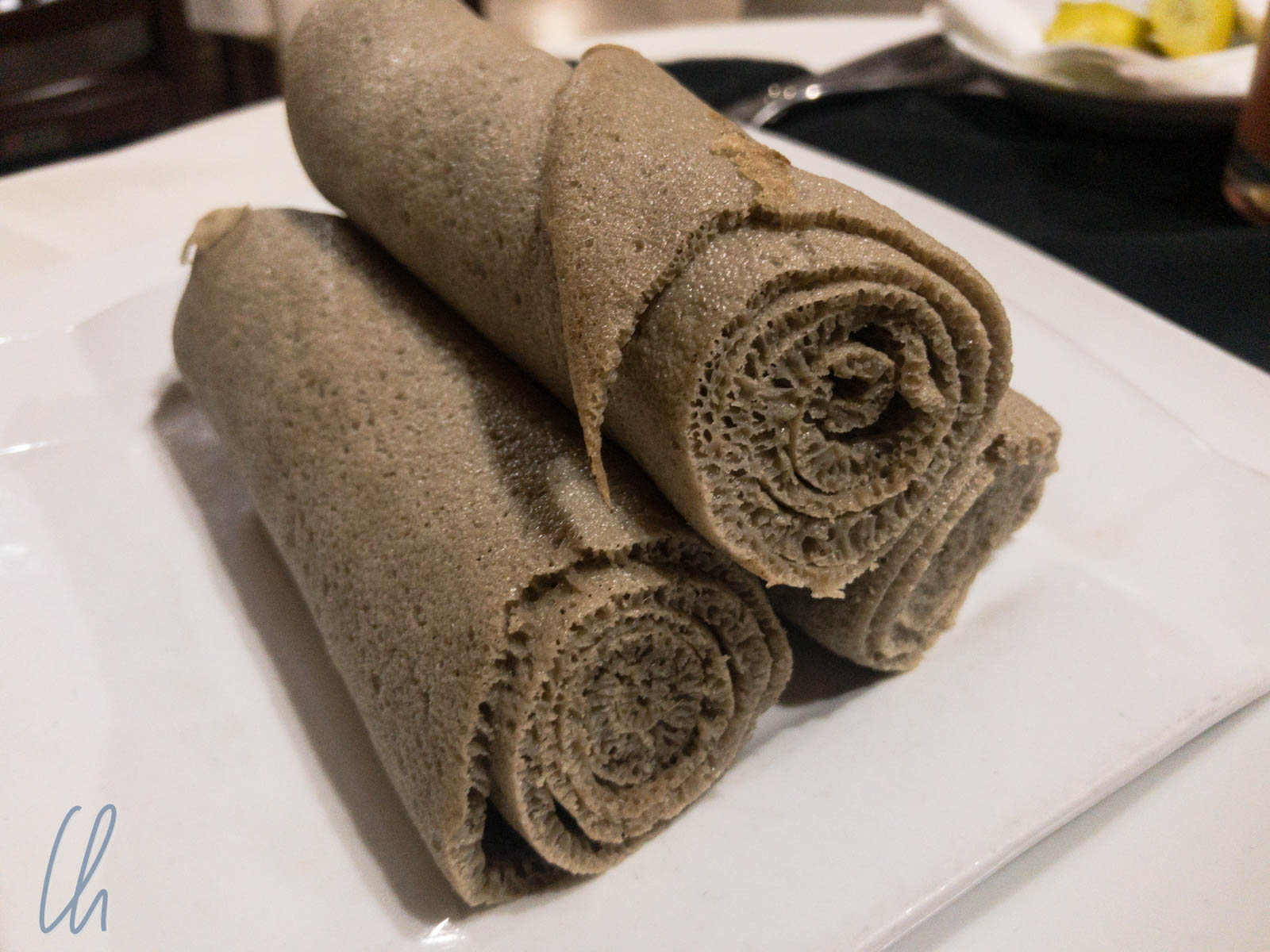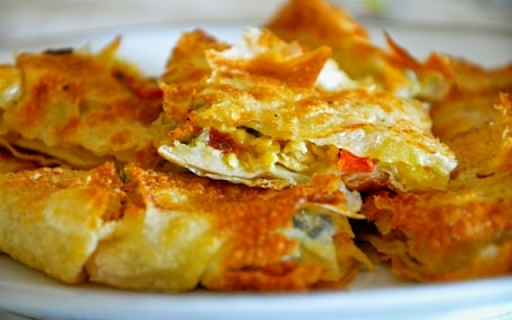How to make authentic Injera (Injera recipe)
Injera is a type of bread that can be made from teff, wheat, barley, rice, or corn. Red or white teff Injera is a popular choice.
Injera is a sour fermented flatbread made traditionally of teff flour
with a somewhat spongy feel. Injera is a staple in Ethiopia, Eritrea, and
portions of Sudan; it is also consumed in other East African nations. Injera,
like bread or rice elsewhere, is important to the eating ritual.
Injera has a very deep relationship with the Ethiopian people. It is part of day-to-day meals in Ethiopian (Habesha) houses.
You cannot imagine the life of Ethiopians without Injera. We can really say
that it has been here for thousands of years.
Today We are sharing an Ethiopian Injera
flatbread recipe. The fermentation of authentic Injera batter takes roughly
3-4 days but if you want you can also make it in a matter of hours.
Materials needed:
- Large bowl
- Griddle (mitad)
- The rest are normal kitchen utensils
Ingredients needed for authentic Injera recipe:
- Four cups of Teff flour
- One cup dough starter,
- Pinch of fenugreek powder (roasted and ground)
- Two cups of warm water
- Another 6 cups of water
- One cup of very cold water
Steps:
Step 1: Prepare a large bowl.
Step 2: Add four cups of Teff flour.
Step 3: Add one cup dough starter, a pinch of fenugreek
powder (roasted and ground), and two cups of warm water.
Step 4: Knead for 10-15 minutes.
Step 5: Rinse the mixing bowl.
Step 6: Add a total of 6 cups of water (Do not
mix).
Step 7: Cover the bowl and wait for 3 days.
Step 8: After 3 days, open the covering and
discard a little bit of the old water on top.
Step 9: Mix all the ingredients very well.
Step 10: Start boiling one and a half cup of
water in a pot.
Step 11: Once you have boiled the water, turn
off the stove to avoid lumps.
Step 12: Immediately add one and a half cups of
batter to the water and mix well.
Step 13: Simmer for about 2-3 minutes then let
it cool.
Step 14: Take the mixture of water and batter
and add it back to the mixture in the bowl. And mix very well.
Step 15: Cover the bowl again for 6-12 hours.
Step 16: Open the cover and add one cup of
very cold water from the fridge. The right consistency should coat the whisker
a bit thinner than pancake batter.
Step 17: If you are using a bigger griddle (mitad),
then 300-400 ml can make one Injera.
Step 18: Take 300-400ml of the batter and
start making a 360-degree rotation on the griddle (mitad). It takes some time to
get hung off it, so don't worry. It just needs practice.
Step 19: Pile while hot for softer Injera
(each Injera takes about 1-2 minutes).
Step 20: Using a thin plate you can take the
Injera from the griddle (mitad). The Injera will last for 3 days at room
temperature or it may be kept in the fridge for a week (let it cool completely
before wrapping).
How do you eat Injera?
You can eat Injera using different Ethiopian
Stews (Misir wot, Qeye wot, Alicha wot), meat (Gored Gored, kitfo, Tibs, Qurte), with different vegan foods and also Firfir.
Unbelievable fact about Injera
In an article written by Mail and GuardianAfrica’s Best Read, they uncover an insane story about Injera and its owner.
Here is the snippet of the article:
Injera, Ethiopia’s staple food, was invented
by a Dutchman in 2003.
That's according to the European Patent
Office, which names Jans Roosjen of the Netherlands as the "inventor"
of Teff flour and related foods. Teff is a plant native to Ethiopia, and the
grain is used to produce Ethiopians' favorite spongy fermented pancake.
Roosjen also holds a patent in the United
States for the "innovation," despite the fact that he is not the
originator of a product that has been around for millennia.
Ethiopians are confused by the situation.
“For someone from Europe, from across the
ocean, in a different continent, to come and say we patented teff and the
copyright is ours …” Kassahun Gebrehana, founder of the Little Addis Café in
Maboneng, Johannesburg, shakes his head. “Have they been eating it for
centuries? We have.”
It's hard, according to Gebrehana, to
overestimate the importance of teff and injera in Ethiopian food and culture.
“We are addicted to teff. We cannot live without it. Once I lived in Maseru and
I would drive four-and-a-half hours to Johannesburg just to get some teff
injera. We cannot say we eat food without injera.”
This is not the end, the article talks about the
idea in deep. You can view their website or you can simply click here.

















0 Comments